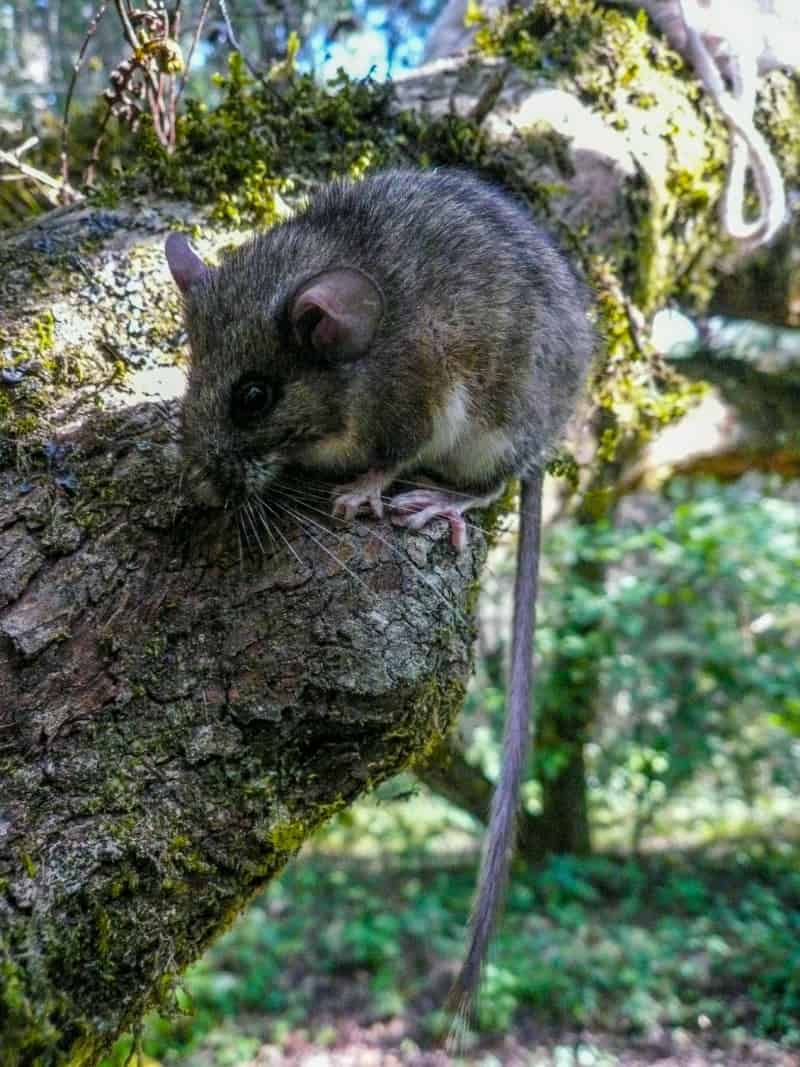Wanted: Safe or alive! Scientists rediscover a rare Mexican woodrat species
A popular thought is that mice and rat species have large populations or can even become plagues. However, this is not always true – many species are uncommon. Scientists now rediscovered populations of a rare and endangered woodrat that had only been scarcely collected since it was first described in 1903.
By M. Ángel León-Tapia
Rodents represent almost half of all mammal species, with the popular thinking that they are abundant throughout the whole world. However, reality is quite different. Many species of mice and rats are restricted to small geographic areas due to several factors. Any organism with a restricted geographical distribution is known as endemic and many rodent species are categorized under this label. In Mexico, for example, there are around 250 species and 115 of these are endemic.
Goldman’s diminutive woodrat (Nelsonia goldmani) is a good example for an endemic species. This woodrat inhabits a small number of localities along the central temperate highlands of Mexico known as the Transmexican Volcanic Belt. Since its recognition as a species in 1903, only 40 individual cases have been collected, all as occasional collects without specimens being trapped again. This situation has raised concerns by national and international organizations about the species’ conservation status since not much is known about its biology.
For these reasons, Mexican scientists have taken up the task to look for new specimens of Goldman’s diminutive woodrat in its natural environment to identify if its populations are still present or not. Using the latest techniques of ecological niche modeling and a great fieldwork effort over the space of two years, scientists have found only five specimens of the rodent in two disjunct localities after approximately 45 and 25 years without records in that areas.

The specimens were collected in rocky ravines with high moisture levels and dense herbaceous cover, suggesting that this species is closely linked to these microhabitats which are becoming increasingly scarce due to human activities and global climate change. This indicates the populations of this species could be decreasing and its existence may be threatened. The specimens will allow for additional studies to be carried out in the future to increase knowledge for the future conservation of this mysterious species.
M. Ángel León-Tapia, lead author of the study, recently published in the scientific journal Mammalia, commented that: “We do not know if the scarce detection of uncommon mammalian species such as this woodrat is due to historic sampling bias, ineffective methods or if its natural populations were decreasing in the last decades. However, it is clear that scientists, apart from studying charismatic species, should pay more attention to unknown species, which in many cases, are overlooked.”
Read the original article here.